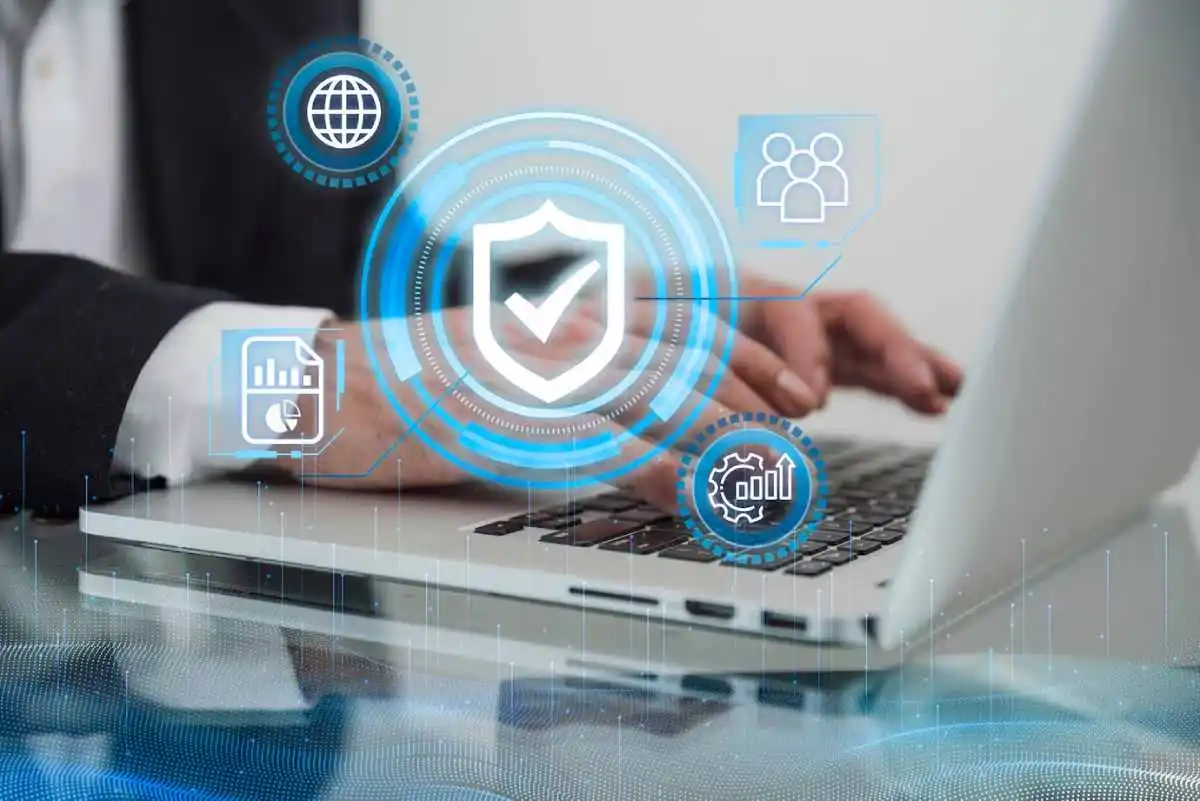The Education Blog

The Impact of Big Data & Analytics in Education
With big data leading the charge, the world of education is changing due to technology. Analytics in learning give schools actionable insights, enabling them to enhance student performance, teaching practices and personalised learning experiences. So, what is big data in education? What is it doing for the future of learning? This article examines how data-driven decision-making and personalised learning impact modern education.
Understanding Big Data in Education
What Is Big Data?

Big data is the ocean of structured and unstructured information from digital interactions. In the realm of education, it encompasses student performance scores, online learning habits, classroom engagement, and administrative records. When these vast datasets are analysed with finesse, they unveil golden insights that can elevate learning experiences.
How Is Big Data Collected in Education?
Data is collected through multiple channels, including:
- Learning Management Systems (LMS) include Moodle, Blackboard, and Google Classroom.
- Online assessments and quizzes.
- Student attendance records and behavioural tracking.
- Digital devices and educational apps.
- AI-driven adaptive learning platforms.
Teachers can use this data to adjust lessons for each student, monitor their progress, and forecast learning results.
The Role of Analytics in Learning
1. Enhancing Student Performance Tracking
Traditional grading systems offer limited insights into student learning. Analytics in learning provides a comprehensive view of student performance by analysing:
- Test scores and assignment submissions.
- Participation in discussions and forums.
- Time spent on various learning modules.
- Dropout risks and learning gaps.
By interpreting this data, teachers can intervene early to provide additional support where needed, ensuring better academic success.
2. Predictive Analytics for Early Intervention
Predictive analytics helps educators identify students at risk of falling behind. These models can identify who needs support by analysing past grades, attendance, and participation. Schools can then take action with targeted strategies like tutoring, mentoring, or personalised learning plans.
3. Improving Curriculum Development
By studying large student data, educational institutions can determine which teaching methods and course structures work best. This helps improve curricula all the time. It keeps course content relevant, engaging, and aligned with student needs.
The Rise of Personalised Learning Tech
1. Adaptive Learning Platforms
Personalised learning tech uses big data to tailor educational experiences to individual students. Adaptive learning platforms like Knewton and DreamBox change content difficulty based on students’ performance. These platforms provide:
- Customised learning pathways.
- Instant feedback and performance insights.
- Real-time adjustments to learning materials.
This ensures that students receive a pace and style of instruction that best suits their learning needs.
2. AI-Powered Tutoring Systems
Artificial intelligence (AI) is enhancing personalised learning tech through virtual tutors. Platforms like Carnegie Learning and Squirrel AI use AI-driven tutoring to:
- Provide one-on-one assistance.
- Identify weak areas and recommend additional resources.
- Offer interactive, engaging learning experiences.
This makes high-quality education accessible to students who may not have access to private tutors.
3. Gamification and Engagement Analytics
Gamification is increasingly being used to improve student engagement. Analytics track how students interact with games, quizzes, and simulations. This helps educators see which formats keep attention and boost learning.
Big Data’s Impact on Institutional Decision-Making
1. Optimising Resource Allocation
Schools use big data to improve admin tasks and use resources better. Data analytics help schools:
- Identify which subjects require more investment.
- Optimise staff recruitment and scheduling.
- Improve budgeting and financial planning.
By reducing inefficiencies, institutions can invest more in enhancing the learning experience.
2. Enhancing Teacher Effectiveness
Big data is also revolutionising teacher evaluation and professional development. By tracking classroom engagement, student performance, and teaching methodologies, institutions can:
- Offer targeted professional development programs.
- Identify best teaching practices.
- Provide real-time feedback to educators.
This helps teachers improve their teaching methods. As a result, students do better.
3. Data-Driven Policy Making
Government education groups use big data to create better policies for schools. By analysing national student performance data, policymakers can:
- Develop better funding models.
- Identify regional disparities in education.
- Create policies that address learning gaps and dropout rates.
Challenges and Ethical Considerations

1. Student Data Privacy and Security
With vast amounts of student data being collected, privacy concerns arise. Institutions must implement robust cybersecurity measures to protect sensitive information. Following laws like GDPR and the UK Data Protection Act is key to keeping student trust.
2. Data Misinterpretation Risks
While data analytics provide valuable insights, misinterpretation can lead to incorrect conclusions. Educators must ensure that data is contextualised properly, avoiding over-reliance on analytics without considering individual circumstances.
3. Implementation Barriers
Adopting big data solutions requires significant investment in infrastructure and training. Many institutions struggle to use analytics effectively, especially those with fewer resources.
The Future of Big Data in Education
1. Blockchain for Secure Student Records
Blockchain technology is emerging as a solution for securing student records. It ensures:
- Tamper-proof academic transcripts.
- Secure and decentralised credential verification.
- Seamless transfer of student records between institutions.
2. AI and Machine Learning Integration
AI and machine learning will play bigger roles in the future. They will automate admin tasks, predict student needs, and provide hyper-personalized learning experiences.
3. Augmented and Virtual Reality (AR/VR) in Data-Driven Learning
AR and VR will change data-driven education with immersive learning experiences. Data analytics will track how students interact with virtual environments. This will refine educational content for better effectiveness.
Harnessing Big Data for a Smarter and More Personalised Education System

Big data is revolutionising education, reshaping how students learn and teachers instruct. Predictive analytics and tailored learning tools enhance outcomes for every learner. Despite hurdles like data privacy, the horizon glimmers with advancements in learning analytics. Armed with big data, schools can craft a bespoke and impactful educational journey.









